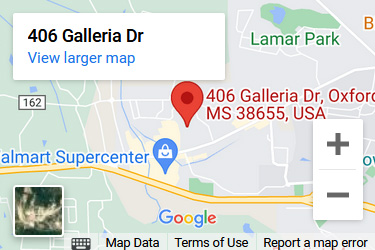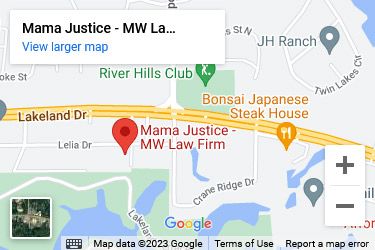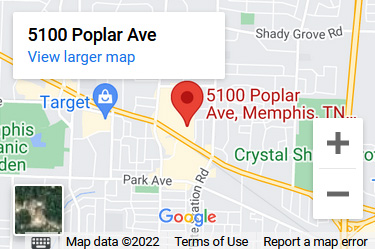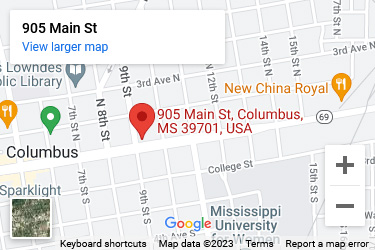Passing your driving test and getting your first car can be extremely exciting. But there’s much more to driving on the road than buying a car and knowing how it works. Another critical consideration is road safety. Very few things are as important as knowing your vehicle’s stopping distances. The ability to halt in a timely and controlled manner can be the difference between life and death.
And it’s not just the stopping distances you need to be aware of. You also need to understand other road users’ stopping distances. In this article, we’ll discuss the stopping distances of trucks and why car drivers need to stay clear:
Stopping Distances of Trucks
Despite having many more tires in contact with the road, the additional weight of trucks and other HGVs means that stopping distances and reaction times can be nearly 50% greater than a car in comparable conditions.
On a dry road, a car traveling at 90km/h will cover approximately 80 meters before it stops. On the other hand, a truck traveling at the same speed will cover around 120 meters.
What Factors Affect Stopping Distances?
Here are some of the main factors that can affect stopping distances:
- The speed you travel – unsurprisingly, the faster a vehicle travels, the longer it will take to stop. This means lorries traveling at high speed on motorways will take much longer to stop than those traveling at slower speeds.
- Driver condition – a person’s age, how tired they are, and if they’ve consumed any alcohol or drugs can influence how long it takes them to react. As well as this, using a mobile phone instead of concentrating on the road can also increase stopping distances.
- The conditions – in poor weather conditions, a truck’s total stopping distance is likely to be longer for several reasons. For a start, poor visibility can cause a driver to take longer to react. On top of this, slippery roads can increase the braking distance.
- Vehicle condition – the vehicle’s condition can impact stopping distances. For example, trucks with low-quality tires may take an extra 20 meters to stop. As well as this, worn brake pads can have an impact on stopping distances.
Can Car Drivers Help Truck Drivers?
There are lots of ways car drivers can help truck drivers. For example:
- Understand stopping distances – it’s crucial to remember that a truck takes a long time to stop.
- Don’t fill in the gaps – Truck drivers often leave a large gap between them and the car in front. This is not for you to overtake, but so that they have plenty of time to stop, should they need to. If you fill this gap, you remove the truck driver’s options if an issue unfolds ahead.
- Indicate before maneuvering – car drivers need to indicate when overtaking lorries. This gives truck drivers a chance to slow down and drop back. Three seconds indication is considered the minimum amount you should give.
- Think about the blind spots – ensure the truck driver can always see your vehicle. After all, there’s no point in indicating if they cannot see you.
Truck Accident Statistics in the US
Truck accidents are relatively common in the US. In 2021, over 5,000 people died in heavy truck crashes. The majority of these were occupants of cars and other passenger vehicles. While this might not sound like a huge figure, it doesn’t include the number of people injured in these crashes.
What Should You Do if You’re Involved in a Truck Accident?
As mentioned above, truck accidents are common in the US. Most of these accidents occur when car drivers forget to give truck drivers enough space. However, not all of these accidents are the fault of the car drivers. If you’ve recently been involved in a truck accident that wasn’t your fault, here’s what you should do:
- Call the police – even if the accident isn’t serious, it’s important to call the police and get a police report.
- Seek medical attention – whether you’re injured or not, you should seek medical attention for yourself and your passengers. You may have suffered injuries that don’t show immediate symptoms.
- Document the evidence – you must get the other driver’s personal details, insurance details, and number plate. As well as this, if possible, take a picture of the scene, and ask witnesses for their contact details. You will need this evidence if you choose to make a claim.
- Get your vehicle to a mechanic – your car must be appraised to see how much repairs will cost.
- Call a truck accident lawyer – contact a lawyer specializing in this area.
If you’ve ever driven a truck, you’ll know how hard it can be. This job can be made even more difficult by car drivers who are not aware of the stopping distances of trucks. Each year, many accidents occur because of this. Cars overtake trucks, leaving them too little space to slow down and stop.
However, not all accidents are caused by car drivers. Our highly qualified team of lawyers at Mama Justice can help if you’ve been involved in a truck accident.
You can visit our offices at:
- 2005 West Main St. Tupelo, MS 38801
- 406 Galleria Dr., Suite 7 Oxford, MS 38655
- 1671 Lelia Dr Suite B, Jackson, MS 39216
- 5100 Poplar Ave., Suite 2700 Memphis, TN 38137
Or call our team of specialist lawyers today for a free consultation on (888) 484-1476.















